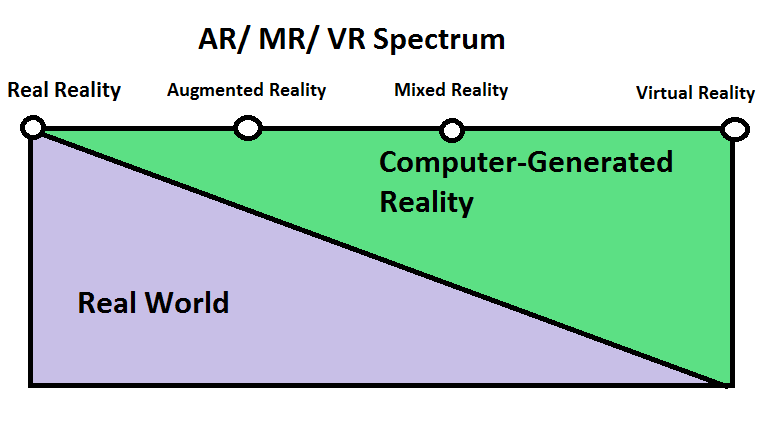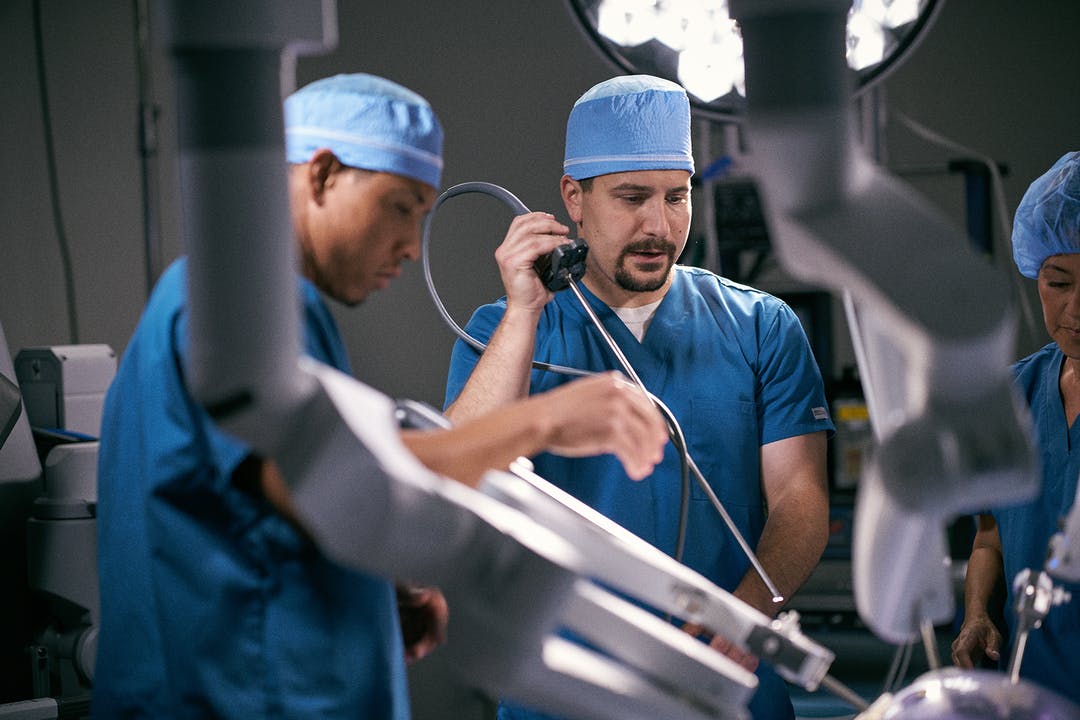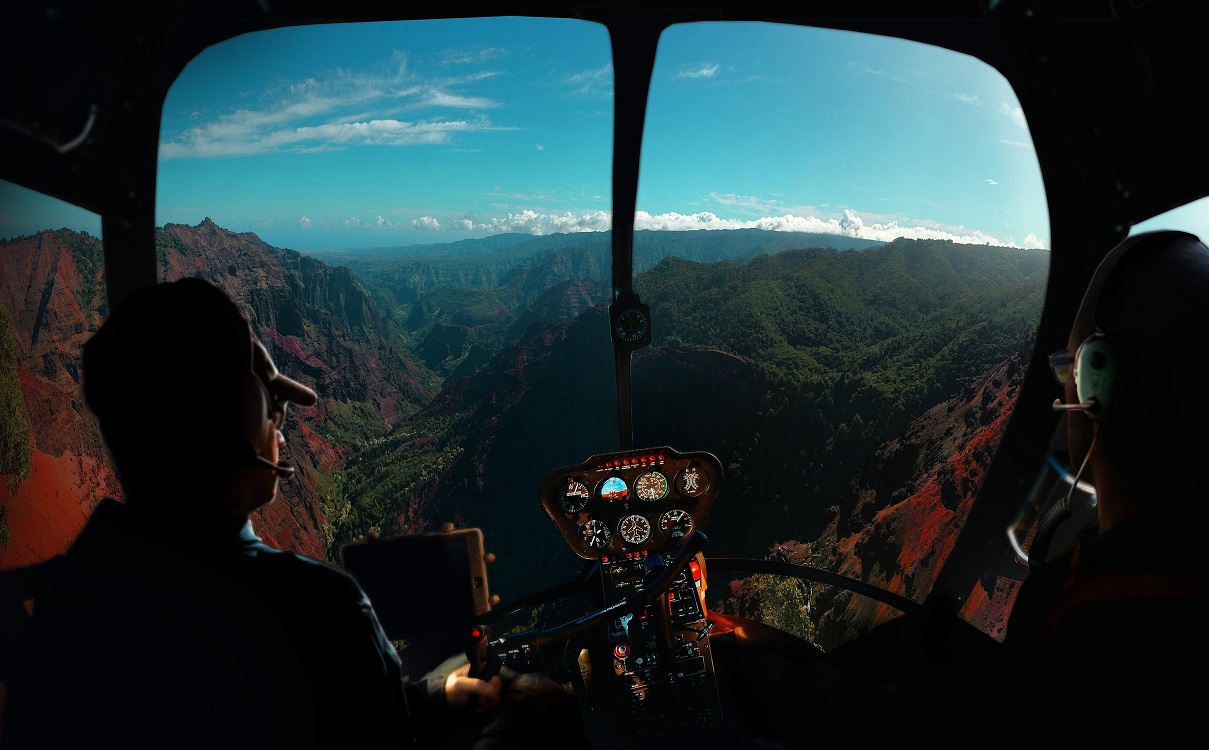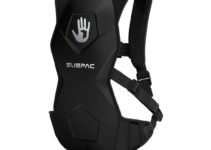Mixed reality (MR) represents the result of combining the natural world with the digital world. MR is the next evolution of the intercommunication between human beings, computers, and environments. Introducing possibilities previously confined by our imaginative and prescient vision. This is now made imaginable by innovations in computer vision, graphics power, and visualization technology and data entry systems.
Mixed reality is a form of augmented reality in between virtual reality and speech recognition. It also initiates the real world with virtual objects that truly look similar to this natural environment. Aside from that, it places its position based on authentic objects. An example is when placing a virtual cat in the real-world and consequently continuing to keep it in augmented reality at the time the user is walking home.) HoloLens, Magic Leap and Microsoft Meta 2 are working to generate this augmented reality model where virtual objects, in fact, appear to be a part of your real-world.
With Mixed Reality, the user experiences the real world (similar to Augmented Reality) whenever they are looking at standard virtual objects, such as Virtual Reality. And after this, you connect all of these virtual objects to a point of real space that makes it possible them to be considered as real. At least from the perspective of a person who can see the experience of MR.
HOW IT WORKS
Mixed reality brings together real-world multilevel objects with an immersive digital world, enabling you to undertake things not possible in an AR or VR environment. The leading-edge in MR is made achievable by the Microsoft Hololens headset, which provides users the potential to overlay holograms from virtual worlds of typical reality. This basically generates the feeling of being in a virtual environment.
This interface between the real and the virtual world provides us a modern and innovative space in which we can communicate and also innovate in the country. As technology advances, we will discover new possibilities.
In many mixed reality projects, virtual phenomena are combined with the physical world. You have probably seen the groundworks of this technology first hand. Some projects that involved equipment and construction technologies that simulate a person’s genuine senses such as taste, touch, and smell are more difficult to mimic. The technology is being developed as we speak though and in the near future, we will see more mixed reality that encompasses all senses.
HISTORY TIMELINE OF MIXED REALITY
Before the successful completion of the very first mixed reality project, there have long been various failed efforts. Many researchers having been trying to implement the technology since the early 1990s, when a glimpse of mixed reality was first captured. Despite the fact the most significant mixed reality projects were unveiled in the twenty-first century, the achievements became possible due to the earlier groundwork laid by virtual reality, stemming from the 60s.
MIXED REALITY in the 1990s
The introduction of Augmented Reality (AR) in the early 1990s marked the starting point of the hybrid/mixed reality. At that point, a lot of people were able to apply virtual objects to physical reality by combining technologies in a real-time transparent-head mounted display (HMD). The head mount was built by Sutherland/Sproull in the early 1960s with sophisticated diagrams and computer manuals.
Mixed Reality In 1992
Louis Rosenberg of the US Air Force created the very first fully immersive mixed reality system – Virtual Fixtures. In Armstrong Labs, users can control robots in real-life conditions.
Mixed Reality In 1994
Paul Milgram and Fumio Kishino launched the term “Mixed Reality” in a paper titled: “Visual Exhibitions of Mixed Reality Taxonomy”. This paper introduced the concept of continuity of virtuality and is focused on how the classification of taxonomy is used to display. Since that time, the usage of mixed reality has progressed beyond the screens. At the same time consists of information concerning the environment, surrounding sound, and location.
Mixed Reality In 1995
Hideyuki Tamura, Ph.D., a researcher in the Mixed Reality Laboratories led ambitious research initiative geared toward efficiently combining different realities into a so-called mixed reality (MR). During the research, numerous areas of optical technology were designed: graphic production, video images and image processing on the main screen was developed to combine specifically in this alternative reality.
Mixed Reality In 1999
Richard Marks in 1999 conceived the EyeToy, mixed reality video game application.
Mixed Reality In 2000
AquaGauntlet, a mixed reality game was presented at the ACM / SIGGRAPH conference in New Orleans. This was a significant development for MR to incorporate it in media research at Media Convergence Laboratory.
Mixed Reality In 2003
FightBox, a mixed reality project and a game show that aired on BBC Three was launched.
Mixed Reality In 2007
Paul Kellenberger, Mike Harper, Dave Chave founded zSpace, a technology firm that fuses elements of virtual and augmented reality in a computer.
Mixed Reality In 2010
Nokia Point and Find, a mobile application used for various purposes was launched on the mixed reality platform.
Mixed Reality In 2016
Microsoft HoloLens, a pair of mixed reality smart glasses created and designed by Microsoft was launched.
WHAT’S NEEDED FOR MIXED REALITY?
It is now possible to develop mixed reality experiences, by incorporating three computer processing processes, human input, and environmental information. Movement in the physical world can be translated into action in the digital world. The limitations of the physical world could be the experience of this kind of applications or game, in the digital world. Without environmental contributions, experiences cannot be involved between physical and digital reality.

Advances in sensors and processing are resulting in a brand-new area of computer inputs from environments. The interaction between computers and environments is, in fact, an understanding of the environment or perception. As a result, API names which contain information about the environment are called API-Perception. Environmental factors capture such elements in a person’s position in the world (for example, head recognition), surfaces and boundaries (for example, spatial imagery as spatial understanding), the ambient lighting, ambient noise, recognition, and location.
DEVICES
Technological advances have led to mixed reality experiences. At the moment, you cannot find any device that performs experiments across the entire spectrum. However, Windows 10 provides an established platform for mixed reality for device manufacturers and developers. Today, devices can support a particular area of the mixed reality spectrum, and new devices should provide that range as time passes. In the near future, immersive devices will become more holographic. Most mobile phones on the market presently have little or no environment. As a result, their experiences are not permuted across spectrum.
APPLICATIONS
Mixed Reality has been utilized in various sectors. It widely uses in education and learning, manufacturing and hospitality delivering a completely unique experience. It will soon replace the need to physically travel somewhere for training or conduct life threatening tasks.
Healthcare

In this case, surgical and ultrasound simulations are used to prepare medical professionals. These manipulated techniques are used to generalize the training and to show empathy for medical professionals.
Aviation

The virtual model of mixed reality is put into practice to enable engineers to interact with the yet-to-be-created product before it manufacturing in the future. These models present the opportunity to gain knowledge of a specific intuitive product, including actual dimensions and corresponding design details, allowing for more in-depth inspection of internal parts.
Military Training
Among the imaginable uses of mixed reality is for the training of members of the military. The training solutions are based on commercial technologies for delivery (COTS). For instance, the adoption of mixed reality could help significantly in reducing the amount of ammunition utilized during training.
Some examples of technologies used for virtual reality are Virtual Battlespace 3 and VirTra. Police and the military men and women are incorporating VirTra technology to train employees in a variety of scenarios. The use of mixed reality has led to substantial choices. With Mixed reality, researchers can safely study the military men and women in their environments during training where soldier’s survival might not be likely.
REAL ASSET VIRTUALIZATION (RAVE)
In cases like this, 3D Models of manufacturing assets (such as process manufacturing) are in a virtual environment. They are afterward linked to the real-time information which is associated with a similar asset.
Remote Working
Isolated staff members can function as a whole and even take on the business challenges remotely. No matter the geographic location, a member of staff now can use noise-canceling headphones to enter a collaborative and engaging virtual environment with other employees. This is made possible with mixed reality.
Language barriers are irrelevant simply because AR applications are often accurately translated in real time. Machine maintenance is also a problem that can be resolved with the help of mixed reality. Larger companies with multiple production sites and a vast number of machines can use a heterogeneous reality to train their employees.
This also implies a more convenient workforce. While many employers adopt fixed models, there is evidence that employees are more productive and are happier, when they have more autonomy. Employees will have more power in determining where, when, and how they get the job done. This in turn yields better work.
Architecture
Architecture companies use mixed reality to design virtual representations of buildings where they operate in the real world with applications such as SketchUp Viewer. This means that the architecture firm and the contractor can certainly foresee exactly what the building is going to be in the real world and adjust to it. This has already been done by some companies and is primarily done with Microsoft HoloLens.
WHAT IS THE DIFFERENCE BETWEEN MIXED REALITY, VIRTUAL REALITY, AND AUGMENTED REALITY?
There are distinct differences between mixed reality, virtual reality and augmented reality. Even though many people are familiar with virtual reality (VR) and augmented reality (AR). Mixed reality (MR) is little known when compared with the two. There are differences between the three realities.
In virtual reality (VR), you essentially immerse yourself in an alternate reality using a headset to experience a world of sounds and visions. A completely believable virtual world is created. Of which could be completely explored and interacted with. As you dive deeper into the simulation what you see reacts to your every movement. If you turn your head around, what you see, changes to match your new perspective from what would have just been behind you. You can read more in-depth about it here.
Although Augmented Reality (AR) can be found in many forms, consisting of blocks of text and superimposed information. One type may not be overlaid directly what the user is seeing on a phone, but watching on TV. This is most commonly seen in sports games. An example being in football when there is a reply and they want to see if the player stepped out of bounds and they draw the players foot distance from the line.
Mixed reality (MR) is a hybrid type of augmented and virtual reality that allows interaction with real objects. For “mixed reality”, augmented reality means a limited or no interaction between the real world mixed virtual objects. Although the mixed reality is often used vaguely with the term “augmented reality”, there are substantial differences between the two.
Generally, mixed reality and augmented reality involve placing virtual objects in a real landscape while incorporating overlaid data. AR is often used to describe a virtual overlay. For instance, instead of using a mobile phone or built-in navigation system, you can have your directions displayed direction on the windshield. Both virtual and augmented reality are limited in their coverage, but mixed reality typically refers to virtual spaces. Mixed Reality is used to give details some of the instances in which virtual objects are in their integrated space. For example, they constitute a physical element, physical objects or people integrate dynamically into the virtual world and interact with it in real time.
THE FUTURE OF MIXED REALITY
The future of mixed reality is filled with possibilities. Inventors and artists tend to pave the way for future technologies. Our ability to change the world and our lives is limited to our imagination. With a mixed reality, we get a blank canvas about the rich and wide nature. It is as though the Internet has found a different channel or rather a physical manifestation of itself and a divorce from the computer screen.
This is likely to be the beginning of a seismic transformation in our common technological realities. We have transformed our capacity to communicate and come together to levels unimaginable. These technological advances will continue to convert normal two-dimensional experiences into a reality that is hard to decipher fact from fiction and bring to life something shown in science fiction movies. The challenge for businesses is not to provide you with an even more engaging experience, but a more valuable experience.

